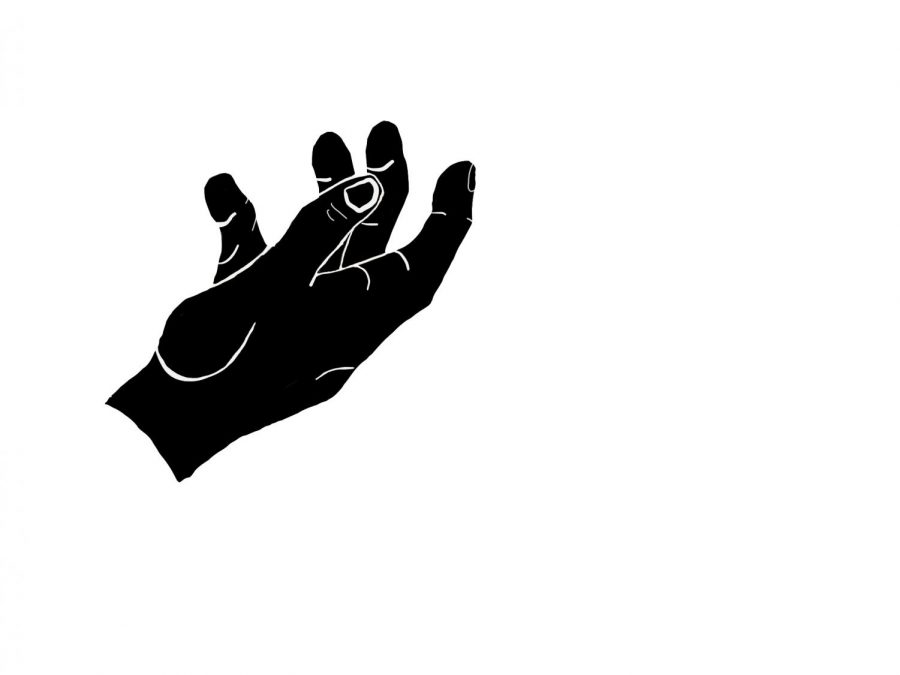Being Biracial and Black
Feb 7, 2019
When taking a standardized test, many people are able to check one box for the race category without thinking about it. But for others it is a whole internal conflict.
I remember taking one of these tests and asking my teacher what I should do if two boxes fit me and she responded, “Then just pick one,” as if it were the most obvious thing in the world.
But to me it wasn’t that obvious.
If two or more races apply to someone, it’s unfair to expect them to only choose one. Society has forced people to label themselves even if we don’t identify with that label.
The easiest way of describing how many biracial people feel is this: Imagine you are supposed to fit in one of two boxes. Not only do you not completely fit in either, but neither box is completely open to you letting you in. This was just the beginning of my identity crisis, which resulted in many insecurities, constantly feeling isolated, and a lot of heat damage to my hair.
The first time I noticed something was different about my family from my other friends was in sixth grade. My dad came to school to drive me and my classmates on a field trip. He stood at the other side of the room talking to my teacher before we left. That’s when a student said to me, “Where’s your dad?.” Extremely confused, I pointed right towards my dad. They all looked to where I was pointing, still not acknowledging him.
“I don’t see him,” another student said.
My dad finally walked up to us and introduced himself. I had never seen a group of kids looking so confused, and I didn’t understand why they were so perplexed. That’s when I finally saw what everyone else did: my dad, who was tall with green eyes and pale skin, with his daughter with thick curly hair and brown skin. This was the first time I noticed that even though I wasn’t white, my dad was. That didn’t make sense to me.
Growing up with two parents who don’t look alike can be odd for a child. I wondered, “Why is dad white? Why don’t I look like my parents?” This feeling is no indicator of parenting, it is simply a child having an identity crisis.
Not fully qualifying for a label was extremely rough on me socially. To this day, because I don’t act like what people apparently expect someone from a certain race, I’m not part of that race at all. One of the main things people criticize is, unsurprisingly, my music taste. My mother’s side of the family raised me listening to the likes of James Brown and Aretha Franklin, while my dad was a hardcore Bob Dylan and U2 fan. Liking certain things seemed to reinforce that I wasn’t like some people.
When mixed race actor Jesse Williams spoke at the Black Entertainment Television (BET) Awards, he was praised by many, but there was a large number of people who were outraged, both black and white. Many people questioned if Williams was deserving of a BET award due to his racial makeup. On the other hand, many people petitioned for Williams to get fired because of him discussing the topic of police brutality.
Unfortunately, it seemed there was no way for Williams to make someone happy because of his racial identity. It was very clear that the anger coming from everyone was because they viewed him as being a part of the group “against them.” Williams responded to the petition by simply posting on Twitter: “Do not promote empty people & their tantrums. Pure clickbait to gain followers, attention & money, for themselves, not you. Never you.”
This idea of feeling pulled in two different directions really resonated with me. Although I felt the obligation to prove myself loyal to each of my backgrounds, I also felt as if my voice was not as valued as it would be if I was fully one race. It was as if I was either too black or too white to give my opinion when it came to the topic of racism. Jesse Williams went through this on a larger scale, with the authenticity of his experience as a man of color culled into question due to him being biracial.
I, like many others, gave into the urge of trying to fit myself into one of the boxes built for me. I tried to make myself be like everyone else I knew. For years and years, I straightened my hair on a near daily basis, which resulted in my hair being permanently damaged. This is one of the many reminders of the dark phase in my life when I didn’t accept myself because others didn’t. It was this time when I realized that my mind and my body couldn’t handle not loving itself anymore.
Trying to conform hurt me. No matter how long I spent straightening my hair or did squats to get a more “acceptable figure,” I still never fit in. Changing yourself can make you even more self-conscious when you obsess about things, you will never be able to change. It didn’t matter what I did, I was never going to be fully black or fully white. Eventually, I had to accept that.
As cliche as it sounds, accepting myself was easier than trying to change myself. Instead of continuing to change myself every time I noticed something about me that was different from my friends, I began to embrace my differences. Being biracial often caused me to feel very isolated. Trying to fit in ended up engulfing my life.
But trust me when I say I learned that the best way to deal with these feelings wasn’t to try and squeeze myself into a box. I simply had to build a bigger one. ◆




